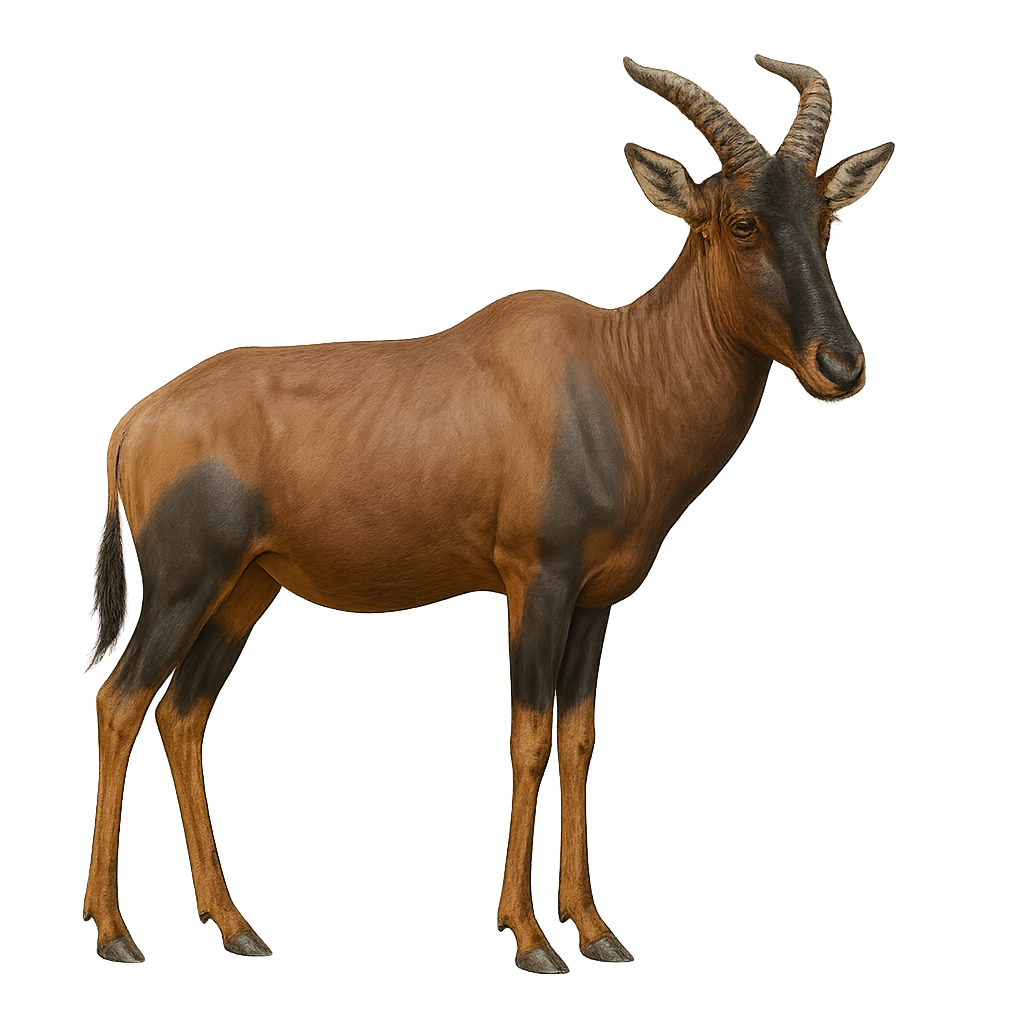Your wildlife photography guide.
Explore the coke's hartebeest in detail, study its behavior, prepare your shots.
Where to observe and photograph the coke's hartebeest in the wild
Learn where and when to spot the coke's hartebeest in the wild, how to identify the species based on distinctive features, and what natural environments it inhabits. The WildlifePhotographer app offers tailored photography tips that reflect the coke's hartebeest’s behavior, helping you capture better wildlife images. Explore the full species profile for key information including description, habitat, active periods, and approach techniques.
Coke's Hartebeest
Scientific name: Damaliscus korrigum

IUCN Status: Near Threatened
Family: BOVIDAE
Group: Mammals
Sensitivity to human approach: Suspicious
Minimum approach distance: 50 m
Rut period: December to January
Gestation: 240-260 jours
Births: August to September
Habitat:
Savannas, open grasslands, light forests
Activity period :
Primarily active during the day, with peak activity in the morning and late afternoon.
Identification and description:
The Damaliscus korrigum, commonly known as the Coke's hartebeest, is a large African herbivore belonging to the Bovidae family. It is characterized by its reddish-brown coat and lyre-shaped horns. Adapted to savannas and open grasslands, it is often seen in herds. Males are slightly larger than females and have more robust horns. They play a crucial role in the ecosystem by influencing vegetation structure. Their diet mainly consists of grasses, but they can also consume leaves and shoots. Although their population is stable in some areas, they are threatened by hunting and habitat loss.
Recommended lens:
400 mm – adjust based on distance, desired framing (portrait or habitat), and approach conditions.
Photography tips:
To photograph the Coke's hartebeest, it is advisable to use a telephoto lens of at least 400mm to capture detailed images from a distance. Since these animals are suspicious, it is best to stay about 50 meters away to avoid disturbing them. The best times to photograph them are early in the morning or late in the afternoon when the light is soft and activity is higher. Opt for backlit shots to highlight the animal's silhouette and distinctive horns.
The WildlifePhotographer App is coming soon!
Be the first to explore the best nature spots, track rutting seasons, log your observations, and observe more wildlife.
Already 1 432 wildlife lovers subscribed worldwide

